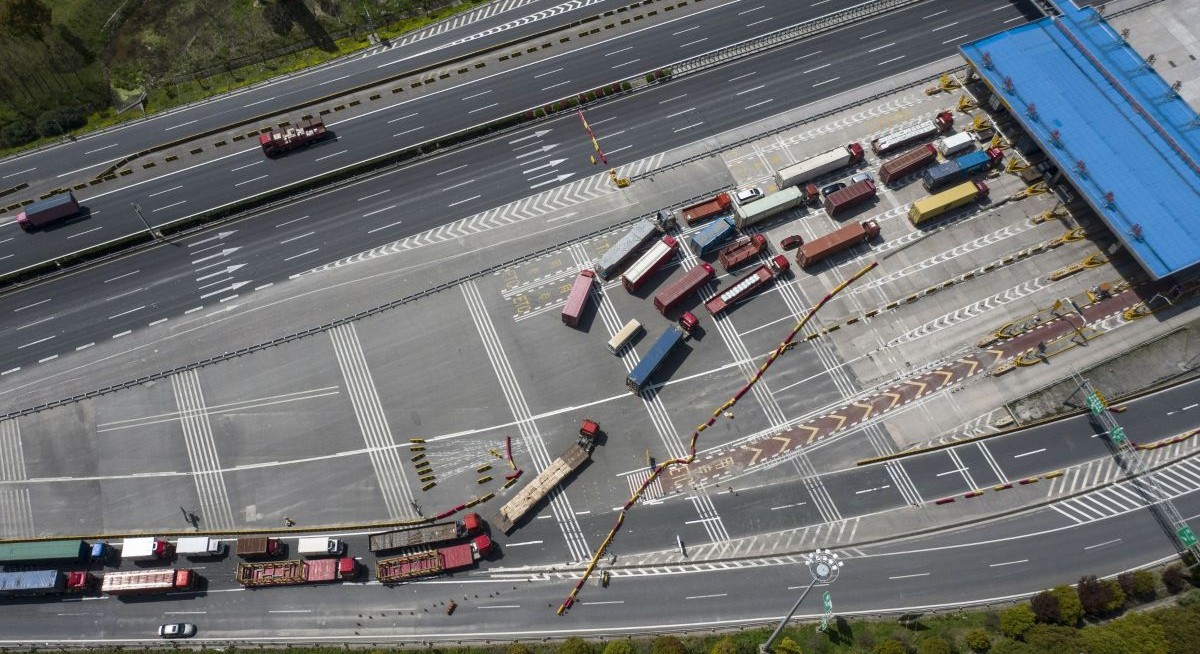“When democracies demonstrate what we can do – all that we have to offer – I have no doubt that we’ll win that competition every time,” Biden said during an event on the sidelines of the summit.
The measure has been re-branded the “Partnership for Global Infrastructure and Investment” and the US is calling on leaders to agree to fund the launch of projects in middle- and low income countries to the tune of US$600 billion ($831.36 billion) over the next five years. It will consist mostly of private sector investments, with some funding from the US Development Finance Corporation and Export-Import Bank and other commitments from foreign governments.
The US would contribute US$200 billion in total though it’s unclear what the split would be between private and public sector funding, and how the government plans to convince companies to take part.
There is the potential for the same challenges to crop up under the initiative’s latest incarnation, in part as the G-7 prioritizes other issues such as taming inflation and dealing with the fallout of Russia’s invasion of Ukraine.
See also: China says trade talks with US set for Friday in Malaysia
“Russia’s invasion of Ukraine in early 2022 and the uncertain economic recovery from Covid-19 threaten to undermine progress,” Chatham House said in a June 24 research paper. “Changing priorities among donor nations, driven by events in Ukraine, risk a further shift in development policy towards bilateralism and fragmentation within the G7 and with recipient nations.”
Expectations have already been tempered. While it’s pitched as a direct alternative to President Xi Jinping’s Belt and Road program, the US official noted it would be unrealistic to compare the two dollar-for-dollar. Each partner country wants to put its own branding on the partnership, but all would operate under the PGII umbrella.
The Biden team’s view is that countries around the world are waking up to the reality the BRI didn’t achieve outcomes for them and that they’re receptive to a US-led alternative. Russia’s actions in Ukraine also serve as a warning for countries worried about being overly indebted to others with the resultant geopolitical risks, the US official said.
See also: Navigating geoeconomic risks: Asean businesses remain resilient but urge structural change
China has sought to reinvent its trillion-dollar initiative during the pandemic, which has disrupted global supply chains and closed international borders. That’s led to a shift away from large-scale projects toward ones designed to make Beijing more competitive in other priority sectors, including through its so-called Digital Silk Road. Belt and Road projects valued at US$13.66 billion were announced last year, down from about US$80 billion in 2020 and nearly US$200 billion the previous year, according to data by Refinitiv.
Among the G-7-backed projects announced Sunday are US$2 billion in solar projects in Angola, a US$600 million contract to build a submarine telecommunications cable that will connect Singapore to France through Egypt and the Horn of Africa and US$14 million to support a design study for Romania’s deployment of a small modular reactor plant.
One of the four planks is information and communication technology along with health, climate and gender equality. That includes, for example, offering alternatives to Chinese telecom giant Huawei Technologies Co for the deployment of 5G networks and building childcare centres.
The official said the US will also focus on investing in projects that help supply chain security by making the US and other allies less reliant on China. Amos Hochstein, one of Biden’s key energy advisers, has been leading the US approach and scoping out new projects over the past few months.




